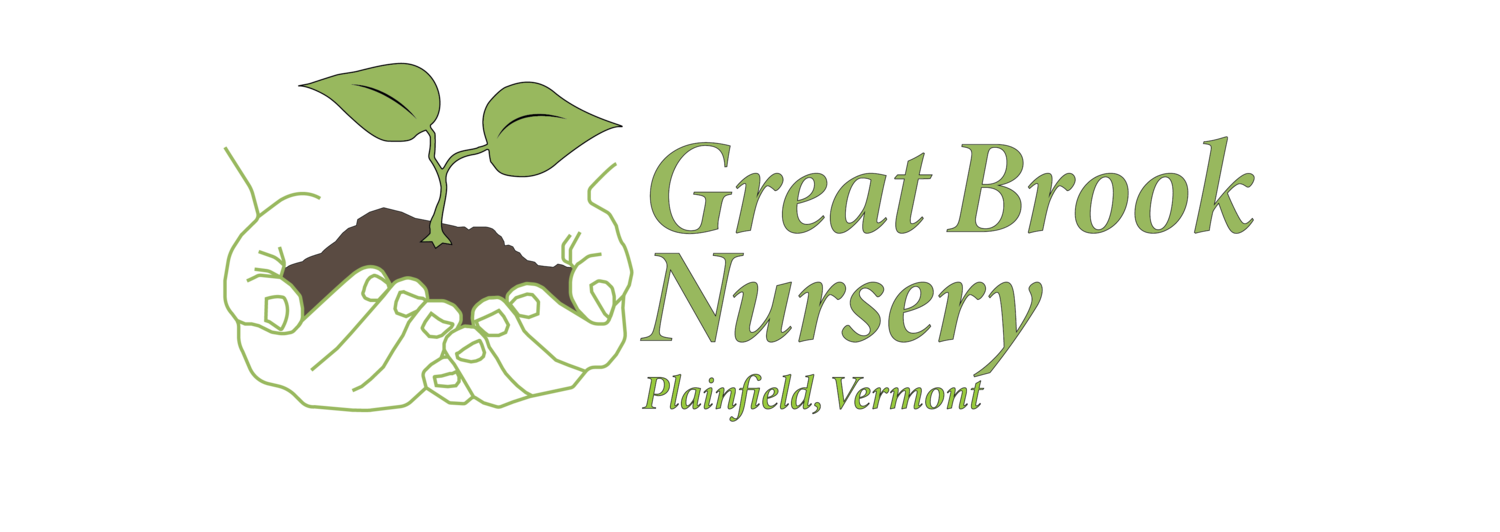 Image 1 of
Image 1 of


Asarum (Aristolochiaceae)
Known as wild ginger because of the ginger-scented roots. It is not related at all, but has been used as a flavoring, though it carries toxicity warnings. The species grows around the Northern hemisphere with a center of diversity in Japan, China and Korea with over 60 species. Many are not hardy here. A. canadense is our native species that grows in shady forests with downy, heart-shaped leaves. It makes a small, curious, jug-shaped flower hidden under the early emerging foliage. A. europium, the European species has glossy round leaves and makes a nice, ornamental groundcover. A top notch, slowly colonizing perennial for moist or dry shade. I have seen this plant persisting under cedar trees which are notorious for taking a lot of water. As a persistent ground cover , “...the best!”.
AVAILABLE THIS YEAR
A. europium - round, glossy, foliage. Slowly colonizing.
Known as wild ginger because of the ginger-scented roots. It is not related at all, but has been used as a flavoring, though it carries toxicity warnings. The species grows around the Northern hemisphere with a center of diversity in Japan, China and Korea with over 60 species. Many are not hardy here. A. canadense is our native species that grows in shady forests with downy, heart-shaped leaves. It makes a small, curious, jug-shaped flower hidden under the early emerging foliage. A. europium, the European species has glossy round leaves and makes a nice, ornamental groundcover. A top notch, slowly colonizing perennial for moist or dry shade. I have seen this plant persisting under cedar trees which are notorious for taking a lot of water. As a persistent ground cover , “...the best!”.
AVAILABLE THIS YEAR
A. europium - round, glossy, foliage. Slowly colonizing.
Known as wild ginger because of the ginger-scented roots. It is not related at all, but has been used as a flavoring, though it carries toxicity warnings. The species grows around the Northern hemisphere with a center of diversity in Japan, China and Korea with over 60 species. Many are not hardy here. A. canadense is our native species that grows in shady forests with downy, heart-shaped leaves. It makes a small, curious, jug-shaped flower hidden under the early emerging foliage. A. europium, the European species has glossy round leaves and makes a nice, ornamental groundcover. A top notch, slowly colonizing perennial for moist or dry shade. I have seen this plant persisting under cedar trees which are notorious for taking a lot of water. As a persistent ground cover , “...the best!”.
AVAILABLE THIS YEAR
A. europium - round, glossy, foliage. Slowly colonizing.

